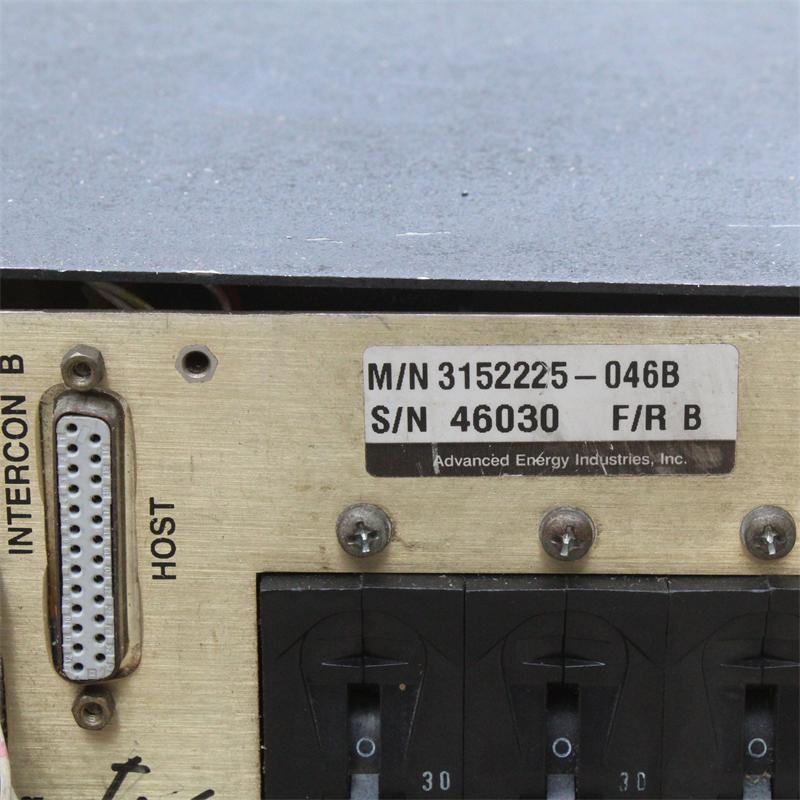AE 3152225-046B MDX-10K Product Overview:
- RM Must be Treated as a Four-Terminal Device
- In the manner of a meter shunt, the load current must be fed from the extremes of the wire leading to this resistor, while the voltage monitoring terminals connected to the three measuring instruments should be located as close as possible to the resistance portion itself, as shown in Figure 80.
- Use Precision, Low T. C. Monitoring Resistor.
- Resistor RM should be a precision ammeter shunt or a wire-wound resistor (20ppm/°C or better) and should be operated at a power less than 1/10 (preferably 1/100) of its rating so that its surface temperature will not be high compared with ambient and therefore not subject to slow thermal fluctuations that cause similar changes in the resistance value.
- With typical wire-wound power resistors, operation at 10% of power rating will be accompanied by approximately a 50°C temperature rise above ambient at the surface of the resistor; the "bobble," or slow variation in this surface temperature, will amount to about 20% of the rise above ambient -- in this case a "bobble" of about 10°C (peak-to-peak). Using a 20ppm resistor, this 10°C variation will cause roughly a 0.02% variation in the measured current, even though the monitoring resistor is being operated at only 1/10 of its power rating !
- Resistor RM should be protected against stray air currents (open doors or windows, air conditioning vents), since these will change the resistance value, degrading the stability and temperature coefficient measurements.
